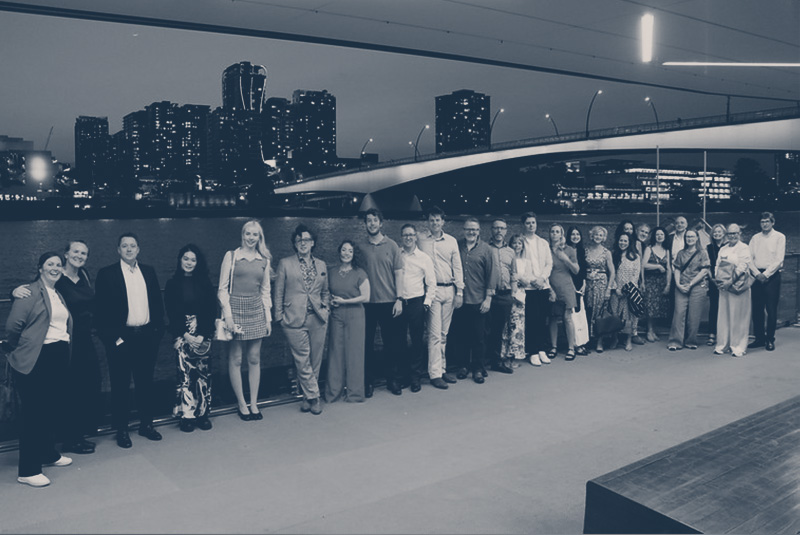BC’s Mineral Claims Consultation Framework in Practice: Six Months Later
Introduction
British Columbia’s Mineral Claims Consultation Framework (the “Framework” or “MCCF”) came into effect on March 26, 2025, introducing pre-claim consultation with First Nations in response to the Supreme Court of British Columbia’s decision in Gitxaala v. British Columbia (Chief Gold Commissioner), 2023 BCSC 1680.
In our earlier article, BC’s New Mineral Claim System Seeks to Balance Indigenous Rights with Resource Development, we outlined the significant shift the Framework represented—and the concerns raised by both First Nations and industry about its implementation.
Six months later, the Province has begun a formal review of the Framework and released early data on how it is working. This update highlights how the system is performing in practice, how industry and First Nations have responded, and what proponents should expect next.
Early Data: Slower Timelines and Fewer Claims
The Ministry of Mining and Critical Minerals has released its first set of statistics on the MCCF. Between March and early autumn 2025:
- 1,531 claim applications were submitted (up to August 31, 2025)
- 959 applications were processed (up to September 30, 2025), of which:
- 899 approved
- 40 withdrawn
- 20 declined (all for administrative reasons unrelated to consultation)
- 127 days was the average decision time, above the 90–120-day target
An independent review cited by the Association for Mineral Exploration (AME) found a 45% decrease in mineral claim applications between March and September 2025 compared to the average for 2022–2024.
While it is too early to attribute this decline solely to the MCCF, the data indicates that application volumes have cooled since the introduction of the new process.
Industry Experience: Timelines, Confidentiality, and Investment Concerns
Timelines Remain a Central Issue
In several updates—including its March 20, 2025 news release and its March 27 open letter to Premier Eby—AME noted that the MCCF “fails to deliver confidentiality and firm timelines.”
Six months in, longer decision times and uneven processing across regions have reinforced those concerns. As AME has cautioned, “approval delayed is approval denied,” with slow claim decisions affecting early-stage financing, seasonal work planning, and investor confidence. These increased timelines place British Columbia at a competitive disadvantage compared with faster timelines in other jurisdictions.
Confidentiality and Intellectual Property
AME continues to raise concerns about the Framework’s disclosure of applicant names during consultation. Proponents invest significant effort and technical expertise into identifying high-value claim areas; publicizing their involvement may expose sensitive commercial strategies and erase competitive advantage.
Despite repeated recommendations, the Province has not introduced safeguards to prevent disclosure of applicant information until after a claim is approved.
Uncertainty with Overlapping Territories
Industry members have raised concern over claim areas where multiple First Nations have overlapping traditional territories. In some cases, proponents have abandoned projects because of confusion over which First Nations are claiming rights and interests and a lack of certainty over title to the land in question, compromising the ability of the proponent to make an informed investment decision.
Cooling Exploration Activity
This regulatory uncertainty coincides with an already declining exploration climate. EY’s BC Mineral and Coal Exploration Survey 2024 reported a 14% drop in exploration spending, while AME’s March 27 open letter highlighted a fall from $740 million in 2022 to $552 million in 2024.
Industry groups warn that layering unpredictable claim timelines onto existing permitting delays—plus planned modernization of the Mineral Tenure Act—risks deterring early-stage investment at a critical moment for BC’s emerging critical minerals sector.
First Nations’ Capacity and Consultation Realities
The Framework was introduced to ensure consultation occurs before a mineral claim is registered. While many Nations have welcomed the recognition of their rights, capacity challenges remain a significant pressure point as the Province does not appear to be providing First Nations with significant capacity funding to enable them to process the referrals.
Questions raised in the Province’s continuous improvement survey reflect these concerns:
- Is the scope of consultation proportionate to the impact of a claim?
- Are timelines realistic given administrative capacity?
- How do overlapping territories affect coordination and delay?
- Is current funding sufficient to support meaningful participation?
The extent to which First Nations can review, respond to, and engage in the process will determine whether the Framework meets its reconciliation objectives in practice.
Government Review and Next Steps
The Province has initiated a continuous improvement process and committed to refining the MCCF over time. Early indications suggest the review may focus on:
- clarifying consultation timelines,
- improving transparency in application tracking,
- addressing confidentiality gaps, and
- exploring triage options for low-impact claims.
At the same time, government has signalled ongoing interest in modernizing the Mineral Tenure Act—a process industry groups caution should proceed only after the MCCF stabilizes.
AME has also emphasized that Budget 2025 provided no additional funding for staffing or implementation of the MCCF, and has called on the Province to resource the system adequately to avoid further backlogs.
What Proponents Should Expect
Based on the first six months of operation, proponents should plan for:
- Longer pre-claim timelines: Decision times currently exceed the government’s stated targets.
- Heightened importance of early First Nations engagement: While the Crown leads consultation, relationship-building by proponents remains crucial and may significantly reduce delay in the Province’s administration of the MCCF.
- Ongoing confidentiality risks: Applicant identities continue to be disclosed during the consultation stage which may jeopardize the intellectual property of the proponents.
- A regulatory environment still in transition: Both the MCCF and the forthcoming Mineral Tenure Act modernization will shape the landscape over the next several years.
Key Takeaways
The Mineral Claims Consultation Framework is a substantial shift in BC’s mineral tenure system, aimed at bringing the process into alignment with constitutional consultation requirements. Six months in, however:
- Processing timelines are longer than anticipated,
- Claim volumes have declined,
- Confidentiality concerns remain unresolved, and
- Capacity pressures on both First Nations and government persist.
Whether the Framework ultimately finds the right balance between reconciliation and resource development will depend on how effectively the Province addresses these early challenges through its continuous improvement process.
Our Indigenous and natural resource teams will continue to monitor developments closely. For more information about how the Framework may impact your exploration or development activities in British Columbia, please contact Jimmy Burg.


